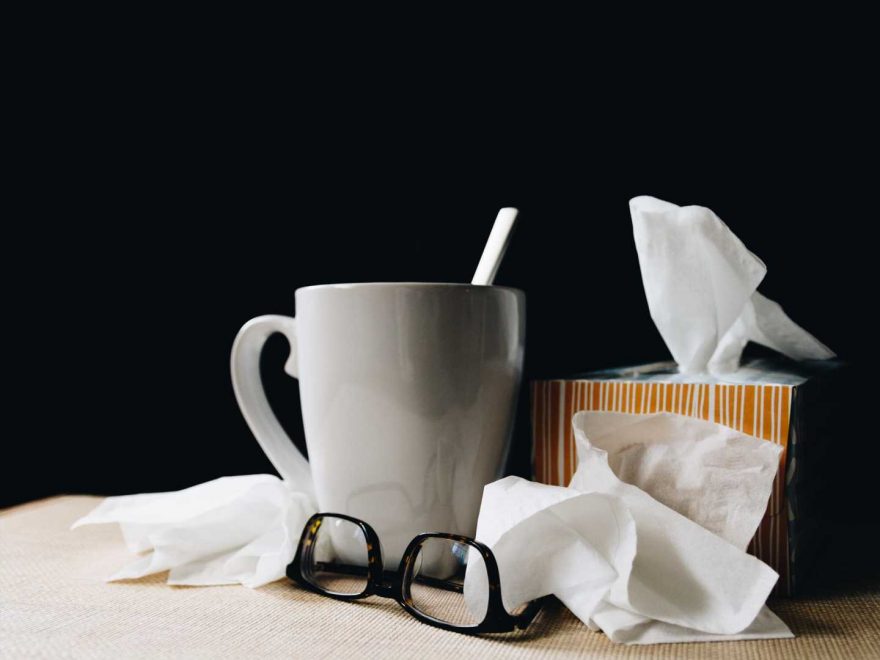
We’ve known for two decades that chronic exposure to high levels of a flavoring chemical called diacetyl, which is found in many foods and beverages, can cause lung damage. Now, a University of Rochester Medical Center study suggests that even short-term exposures to this flavoring chemical can damage the lungs of mice when paired with a second issue, like the flu.
Diacetyl, which gives microwave popcorn its buttery flavor, was first linked to flavorings-related lung disease in the early 2000’s when a group of former microwave-popcorn factory workers came down with the illness. More recently, a similar lung disease has been seen among coffee roasters who inhale large concentrations of diacetyl, which is a natural byproduct of the coffee roasting process.
While those workers inhaled high levels of diacetyl over long periods of time, the URMC study published in the American Journal of Physiology—Lung Cellular and Molecular Physiology set out to test whether low-level, short-term exposures to the same chemical could produce a similar effect.
“We found that a single exposure to diacetyl for short periods of time did not result in much lung damage,” said lead study author Matthew D. McGraw, M.D., assistant professor of Pediatric Pulmonology at URMC. “But when mice are exposed to another common environmental exposure, like flu, the double hit can cause airway disease similar to what we see with high-dose, long-term exposures to diacetyl.”
In the study, mice were exposed to diacetyl for one hour a day over five consecutive days at levels similar to what coffee roasters encounter at work. Mice were then exposed to influenza A, which typically causes seasonal flu in humans.
Within two weeks of exposure, more than half of the mice that received this one-two hit died, while all of the mice in the control groups (exposed to diacetyl alone, flu alone, or neither) survived. Lungs from mice exposed to the “two-hits” showed significant impairment of lung function and airway repair compared to controls.
Researchers then switched the order of exposure, infecting another group of mice with flu first, allowing them to recover for nine days, then exposing them to diacetyl for five days. Whether the mice were exposed to diacetyl before or after flu, their lungs were unable to fully heal, again suggesting that exposure to both chemical and virus leads to abnormal airway repair.
“Our study shows that common environmental exposures that seem harmless on their own can have very serious impacts on lung function and long-term respiratory health when combined,” McGraw said.
While further research is needed to understand the impacts of low levels of diacetyl on humans, this study could have implications for people who are exposed to diacetyl at work, like coffee roasters. Currently, McGraw’s team is conducting a study in mice to see how long after a flu infection it is safe to be exposed to diacetyl, which could help inform when coffee roasters can safely return to work after having the flu.
Source: Read Full Article
